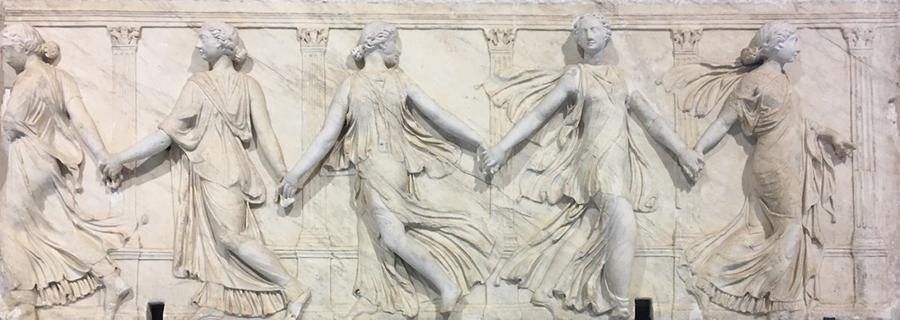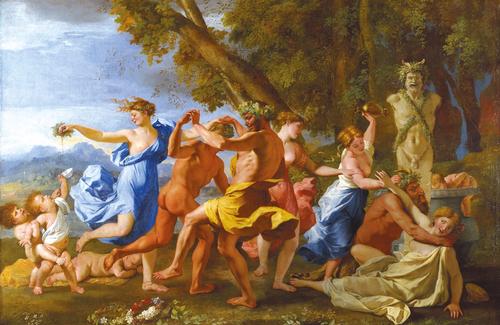The Getty's 'Poussin and the Dance' to Combine 17th-Century Paintings, Antiquities and Contemporary Dance
- February 03, 2022 21:44



Nicolas Poussin (French, 1594–1665) was the most influential French painter of the 17th century, and an artist fascinated by movement.
Living and working in Rome, he painted scenes of wild revelry—dancing nymphs and satyrs—that drew inspiration from classical antiquity and helped make Poussin a star of the European art world, widely recognized as the originator of French classicism.
On view at the J. Paul Getty Museum in Los Angeles from February 15–May 8, 2022, Poussin and the Dance will present a selection of the artist’s dancing pictures alongside the antiquities that inspired him, and place these objects in dialogue with contemporary dance. Screened in the exhibition galleries and online, a series of original dance films by Los Angeles-based choreographers Micaela Taylor, Chris Emile, and Ana María Alvarez, will engage Poussin in a conversation across centuries—exploring the structure and subject matter of his compositions and challenging his position of cultural authority. The goal is to offer multiple perspectives: a reminder that the meaning of a work of art, whether old or new, is always alive and evolving.
“Dance was a key theme in Poussin’s art and one that still resonates today,” said Timothy Potts, Maria Hummer-Tuttle and Robert Tuttle Director of the J. Paul Getty Museum. “The exhibition will invite visitors into Poussin’s process—from study of the antique to composition and completed paintings—in a fresh and compelling way. Connecting these extraordinary 17th-century works with contemporary dance offers a splendid way to open up Poussin’s work for today’s visitors while also highlighting the artistic vitality of L.A.’s dance community.”
Poussin gravitated to the theme of dance in the late 1620s and the 1630s, shortly after his arrival in Rome. Portraying dancers allowed him to work through the problem of depicting motion in a still image, to explore the expressive potential of the human body, and to devise new methods of composition. Poussin carried lessons learned from dance into every corner of his production, famously using a toy theater populated with wax figurines to stage the compositions he drew and painted. Orchestrating complex, colliding movements with his wax figurines, he envisioned dramatic—even violent—action with a choreographer’s eye.
“Although many scholars have described Poussin’s pictures as balletic, dancelike, or choreographed, no exhibition has ever explored the theme of dance in this artist’s work,” explains Emily Beeny, curator in charge of European Paintings at the Fine Arts Museums of San Francisco and curator of the exhibition at Getty. “By bringing together many of the artist’s very most beautiful works and examining them through the lens of dance—a universal human impulse—this exhibition offers visitors a point of access to an ‘old master’ through their own lived experience.”
Sarah Cooper, public programs specialist at the J. Paul Getty Museum, and co-curator of the contemporary dance commissions connected to the exhibition, adds, “These choreographers represent the most exciting thinkers and movers working in dance at this moment in Los Angeles. As we looked at Poussin’s works with these three choreographers, they each found eye-opening ways to dig into their worlds, pulling out details, expressions, textures, as well as perspectives about how the visual story was formed in a way that only someone with intimate knowledge of the physical experience of dance and its capacity for expression could uncover. What emerged was a conversation between artists—a dialogue that transcended centuries of distance, radically separated by cultural contexts and artistic tools, yet found compelling resonance in their mutual investigations of the distinct emotion and meaning that only dance can elicit.”
Facts about Poussin’s artistic process, subject matter, and patrons offer us one means of understanding the dancing pictures. But lived experiences of dance today provide another.





















